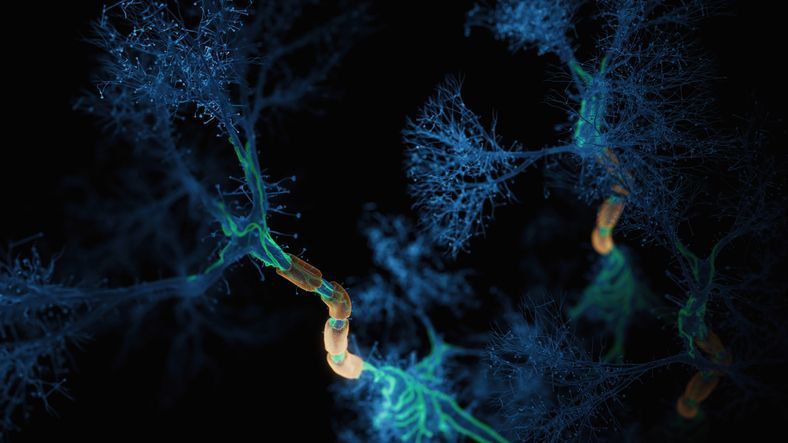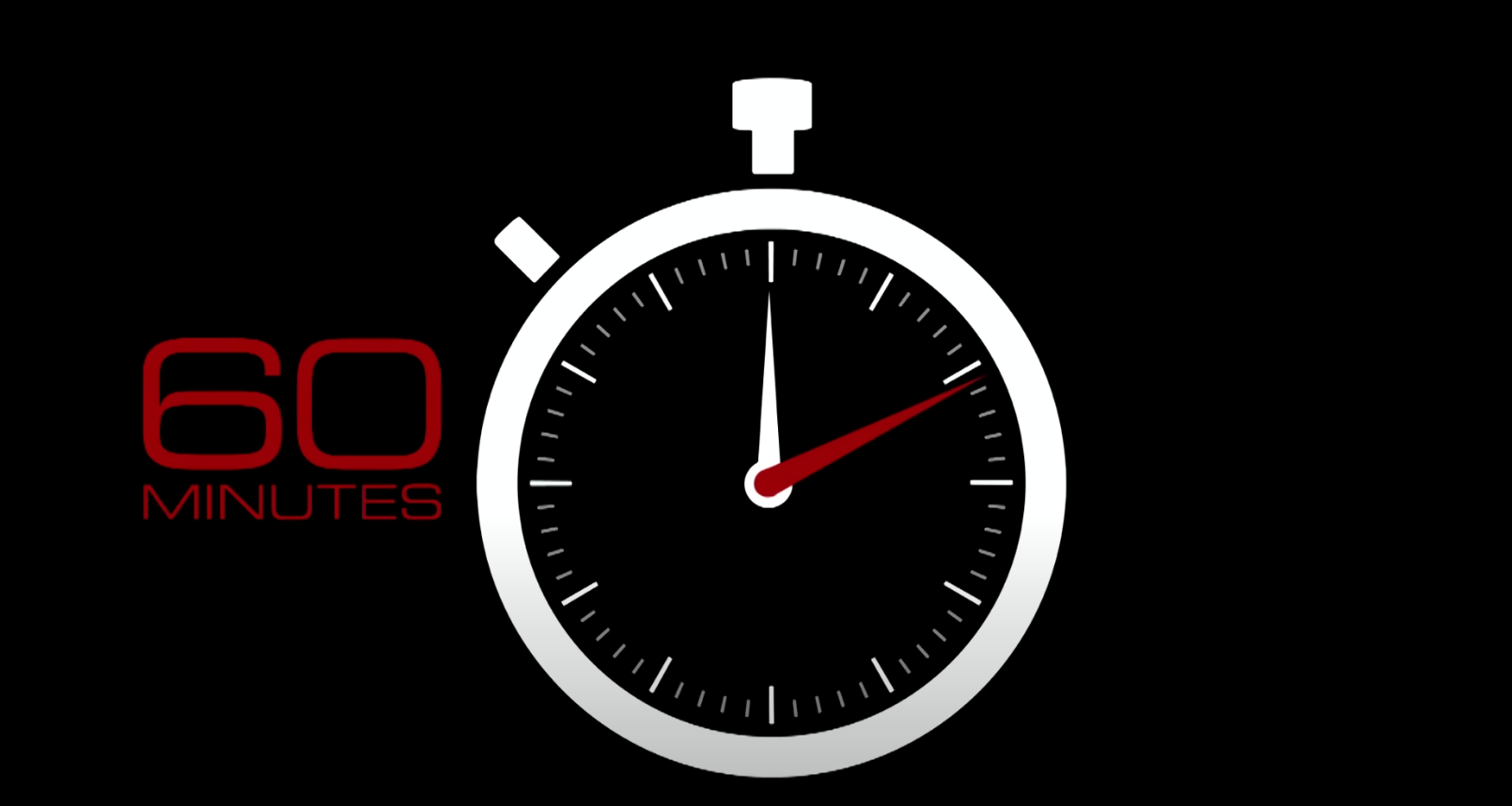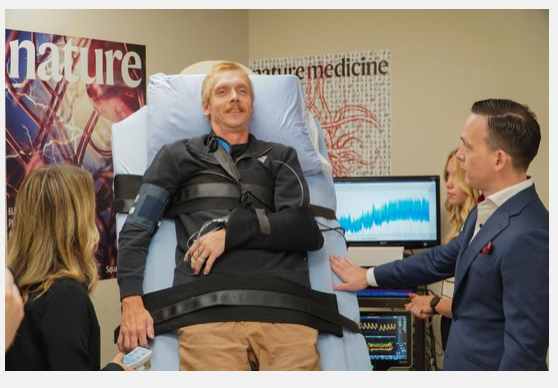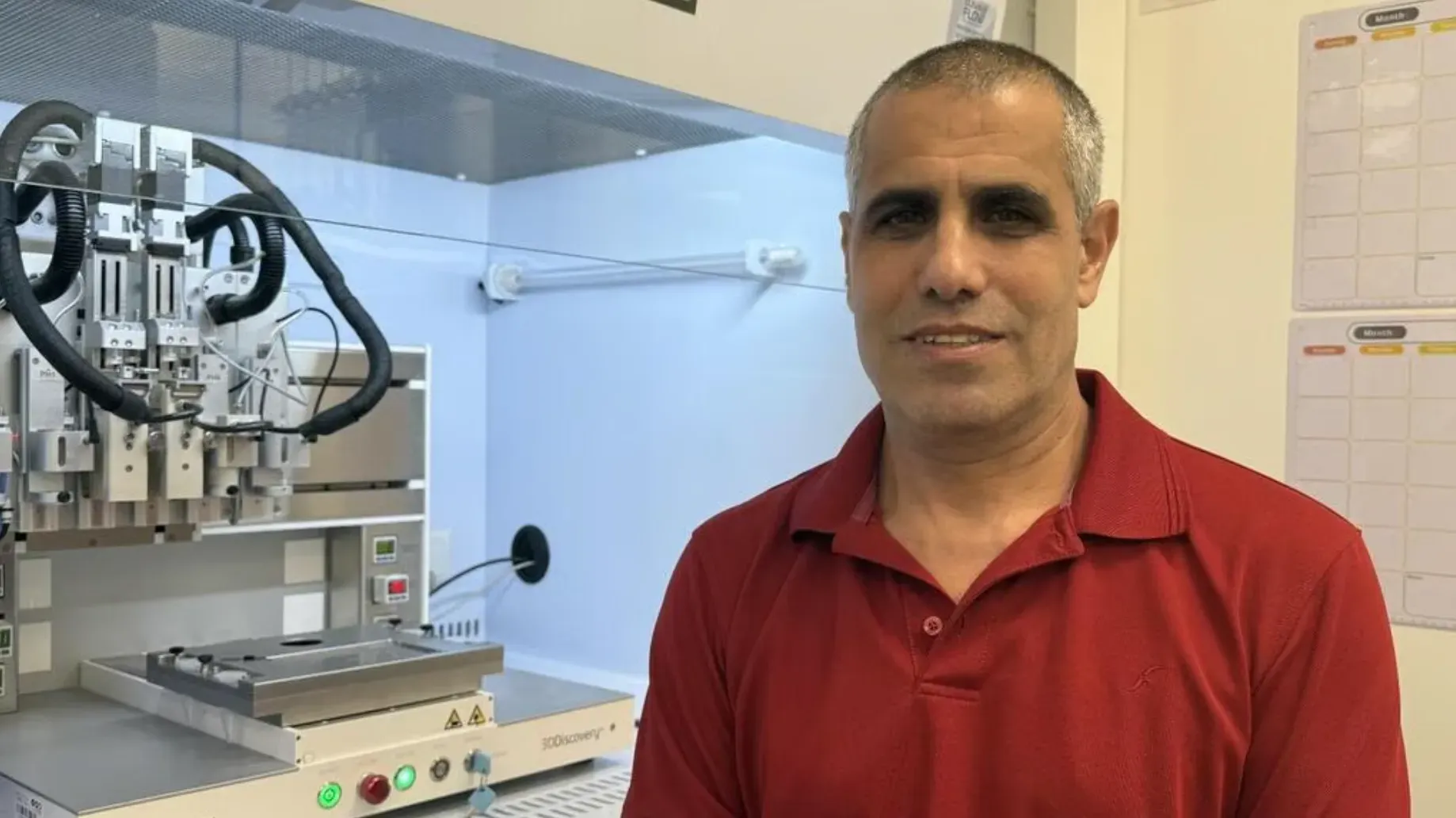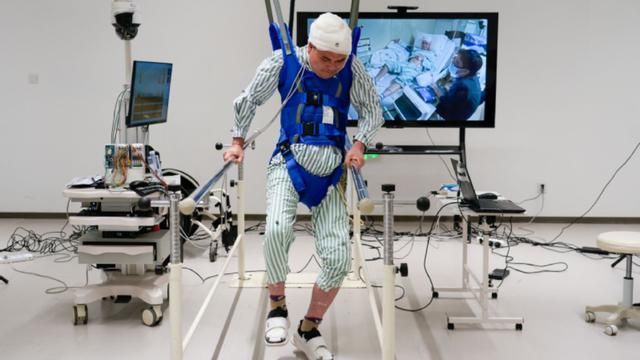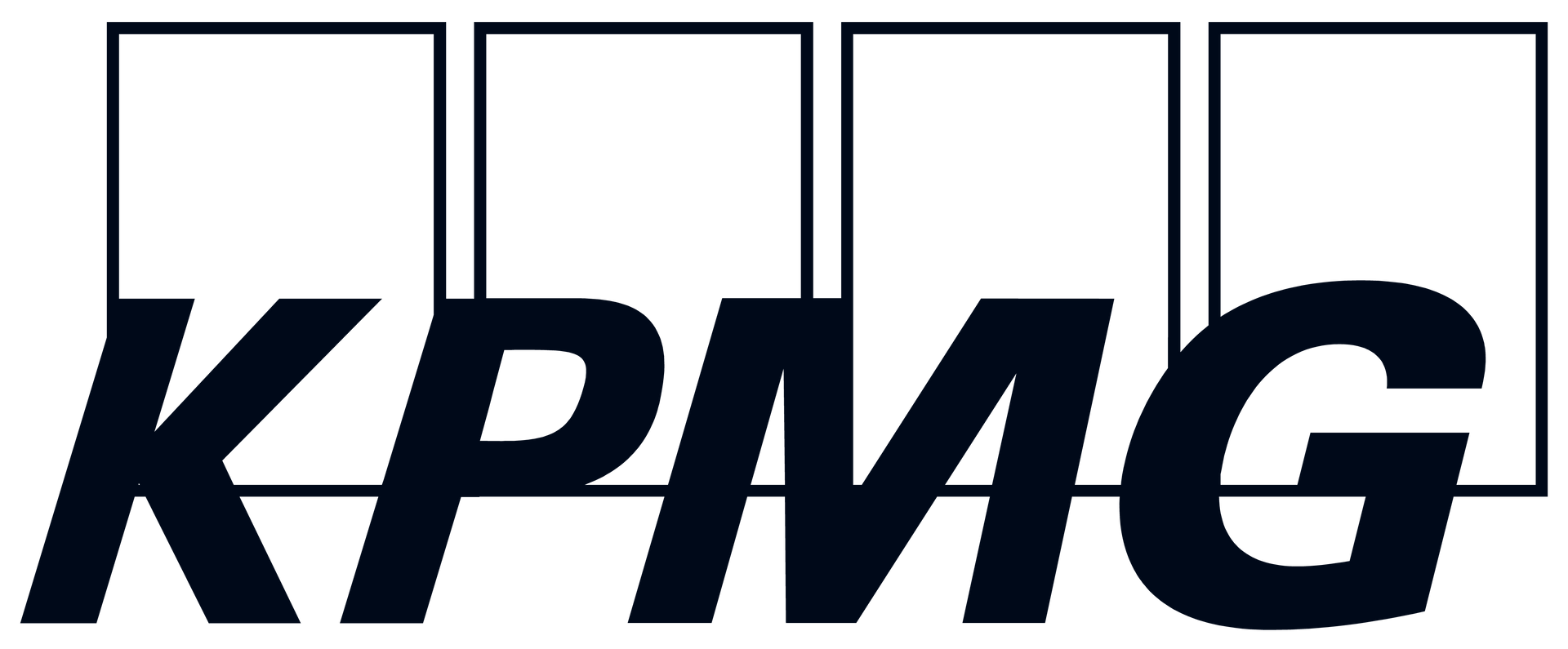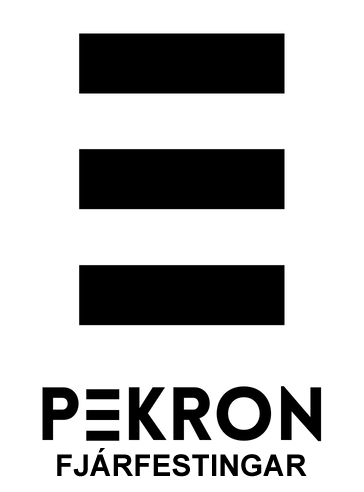Letter number 3 from the Chairman of ISCI to Secretary General of United Nations regarding the nervous system

His Excellency Mr Ban Ki-moon
United Nations Secretary-General
UN Headquarters
1st Avenue at 46th Street
New York, NY 10017 USA
E-mail:
sgcentral@un.org
Your Excellency,
I would like to begin by thanking you for coming to Iceland last October. It means a great deal to a small nation that wishes to make a difference internationally that persons such as yourself visit the country and support its projects. I would particularly like to thank you for the goodwill you have shown the Icelandic nervous system project that Lilja Alfreðsdóttir, Minister for Foreign Affairs, discussed with you on your visit. As she stated, the Icelandic authorities and Icelandic associations of people with nervous system illnesses and injuries have in recent years been lobbying for a campaign to be launched to gain a better understanding of how the nervous system works. The efforts have for the most part been spent in the Nordic countries. In addition, a request was sent to the UN in 2014 to make the increased understanding of the function of the nervous system an independent development goal. As you are aware, this did not come to pass. Instead, the UN strategy statement to 2030 included the goal that treatment of long-term illnesses, such as those involving the nervous system, be improved. I thank you and Ms Amina J Mohammad for your involvement in this achievement.
Attached is a letter that the Minister for Foreign Affairs sent to Dagfinn Hoybraten, Secretary-General of the Nordic Council of Ministers, and his response. I respectfully request that you read the letters. As you will see, the Minister requests the Secretary-General ensure that the Council of Ministers adopt the provision on the nervous system contained in the UN strategy statement and have the Nordic neuroscience databanks analysed and the information synchronised using the latest computer technology. The goal is to look for common patterns in the research already carried out which could lead to the field of neurology gaining increased knowledge of the system’s workings. The
Secretary-General’s response to the Minister’s letter is very positive.
As you are aware, it has been very difficult to improve the treatment of nervous system injuries, mainly because medical science does not fully understand its workings. In order to make it possible to improve treatment, we who have been working on the progress of this issue here in Iceland believe that it is vital to investigate the existing international knowledge of this subject and ensure that such information is pooled. As the Nordic countries work closely together and are well known within the medical field for particularly detailed records, we believe that it is appropriate to begin the database analysis there. There is growing understanding within the Nordic Council of the necessity of
launching a campaign for the increased understanding of how the nervous system works. In addition to the letter from the Minister for Foreign Affairs, members of the Nordic Council have submitted a proposal to the same effect
http://www.norden.org/da/nordisk-raad/sager-og-dokumenter/a-1683-velfaerd/. In order to increase the likelihood of success for this important issue now before the Nordic Council and which could lead other nations to follow, I would like to ask you to please contact the Secretary-General of the Nordic Council of Ministers and declare your support for the project.
Mr Ban Ki-moon
With increased understanding of the nervous system, understanding of genetics and general medicine would increase. Treatment would improve and the number of disabled people in the world would slowly decrease. A statement of support from you could make all the difference.
In closing, my wheelchair-bound daughter and I tender our heartfelt thanks for your farewell handshake after your lecture at the University of Iceland. We were extremely honoured.
Respectfully,
Audur Gudjonsdottir (sign)
Chairman of the Institute of Spinal Cord Injury of Iceland
Mobile: +354 897 4925
E-mail:
audur@isci.is
